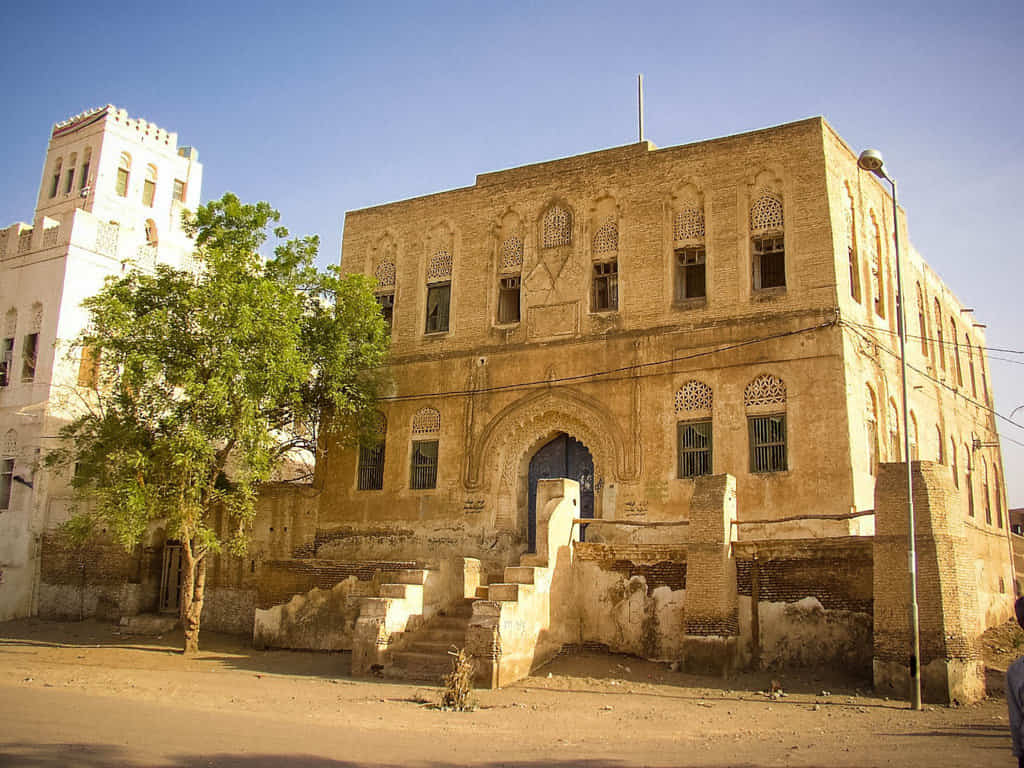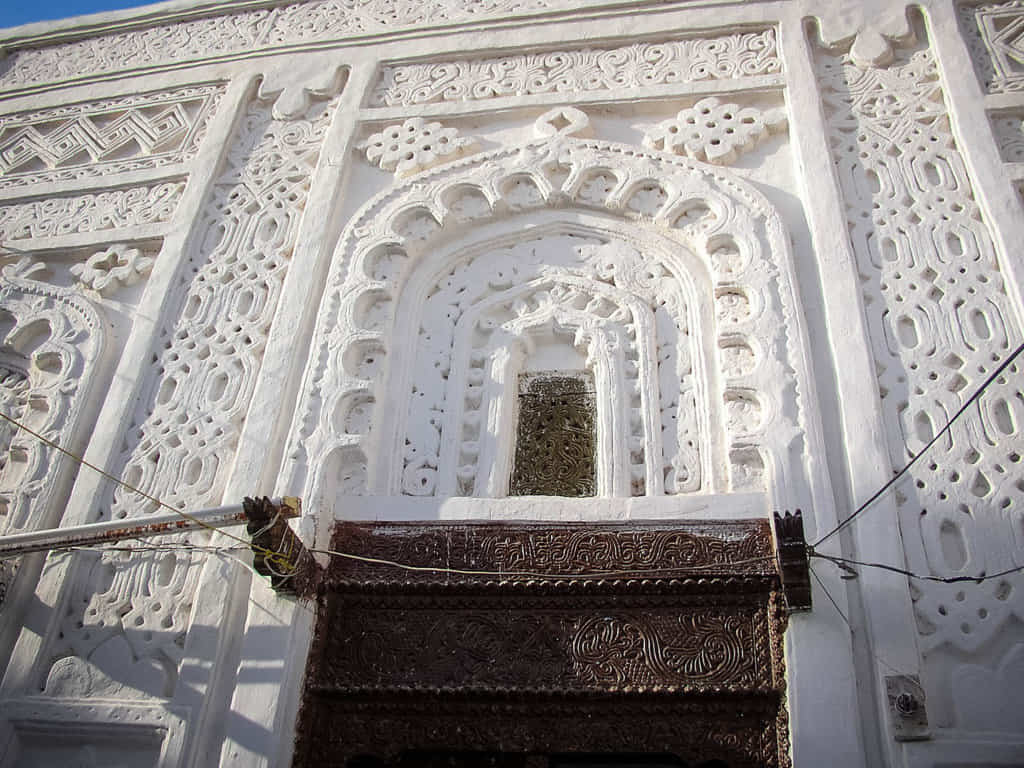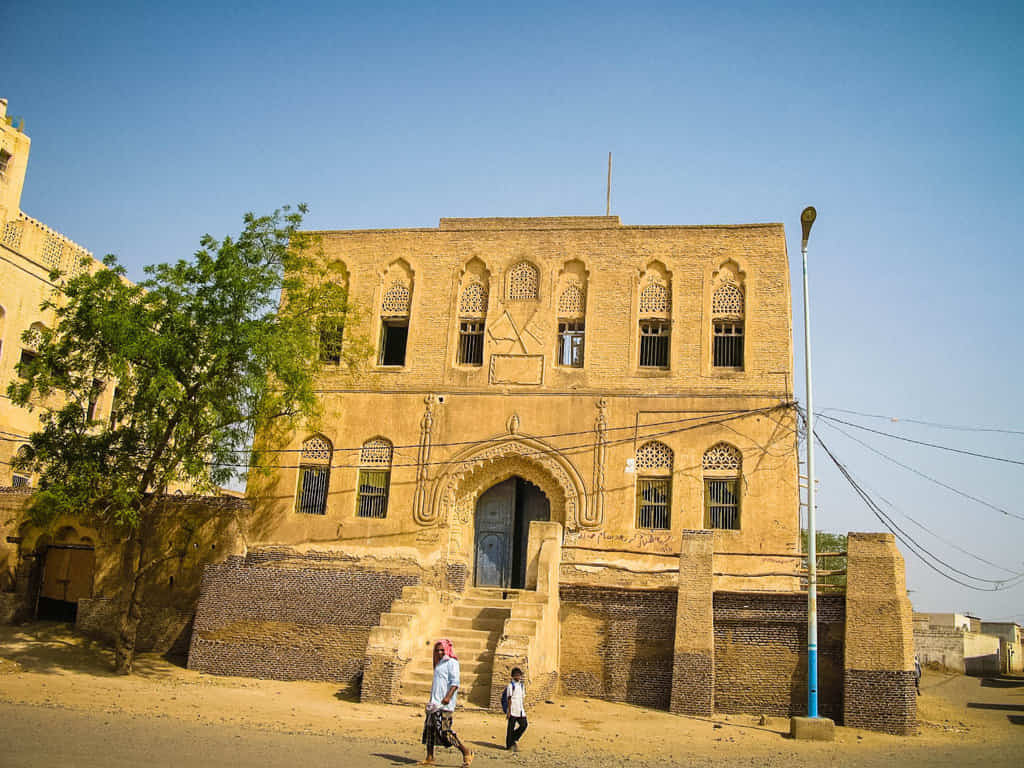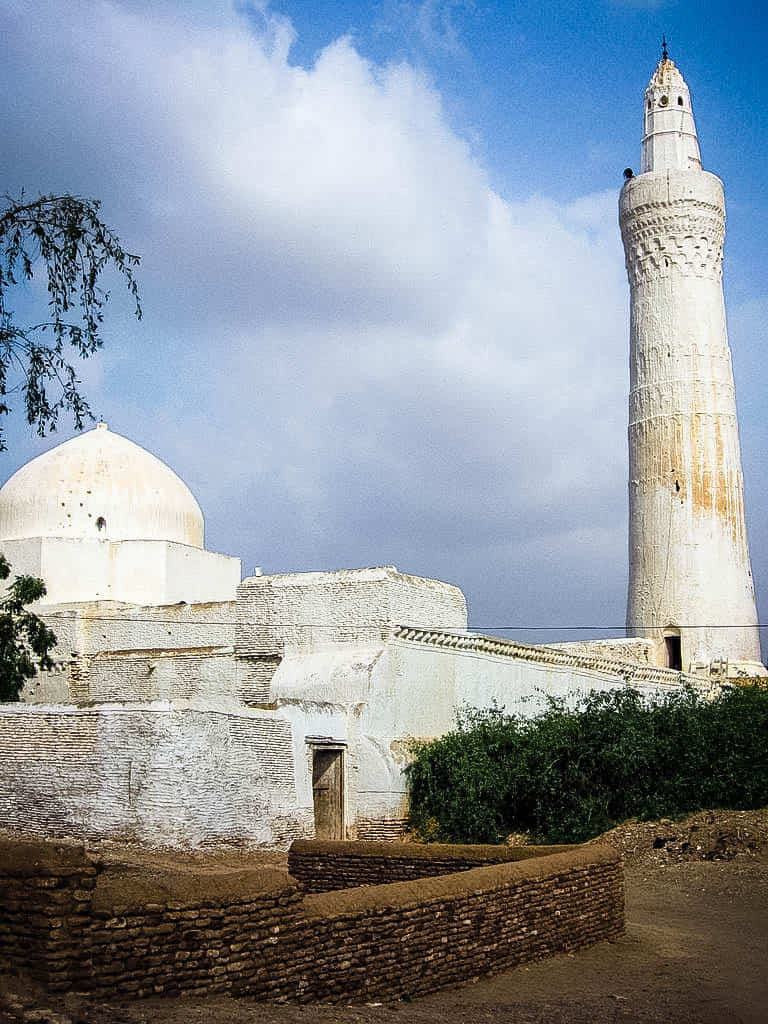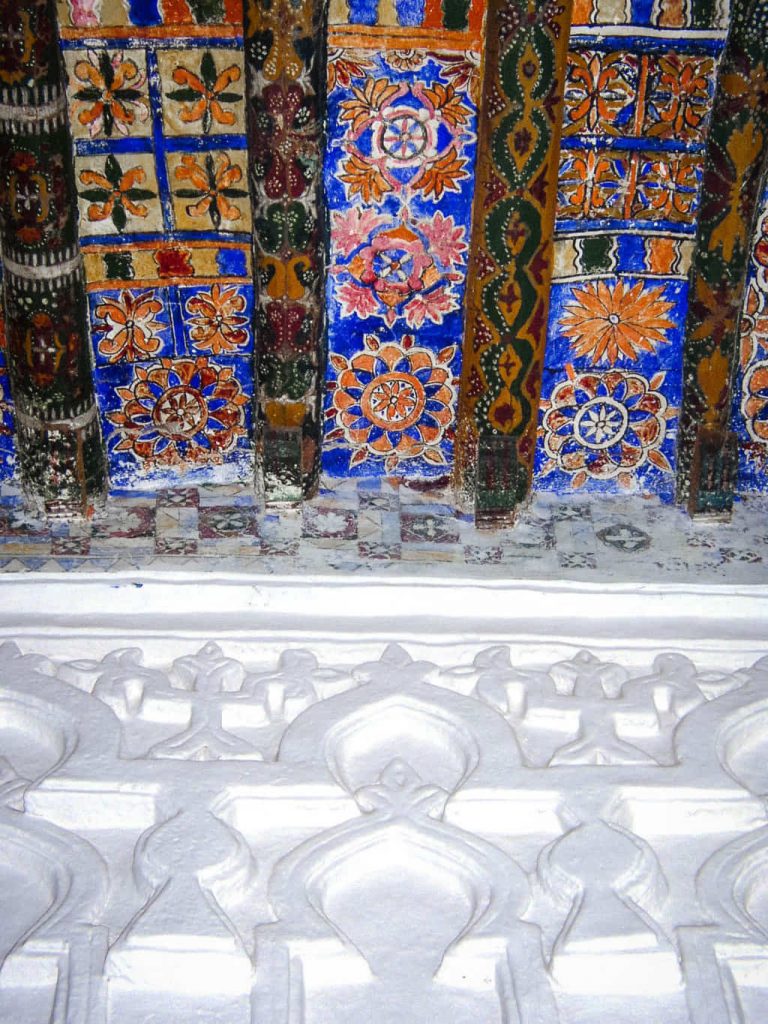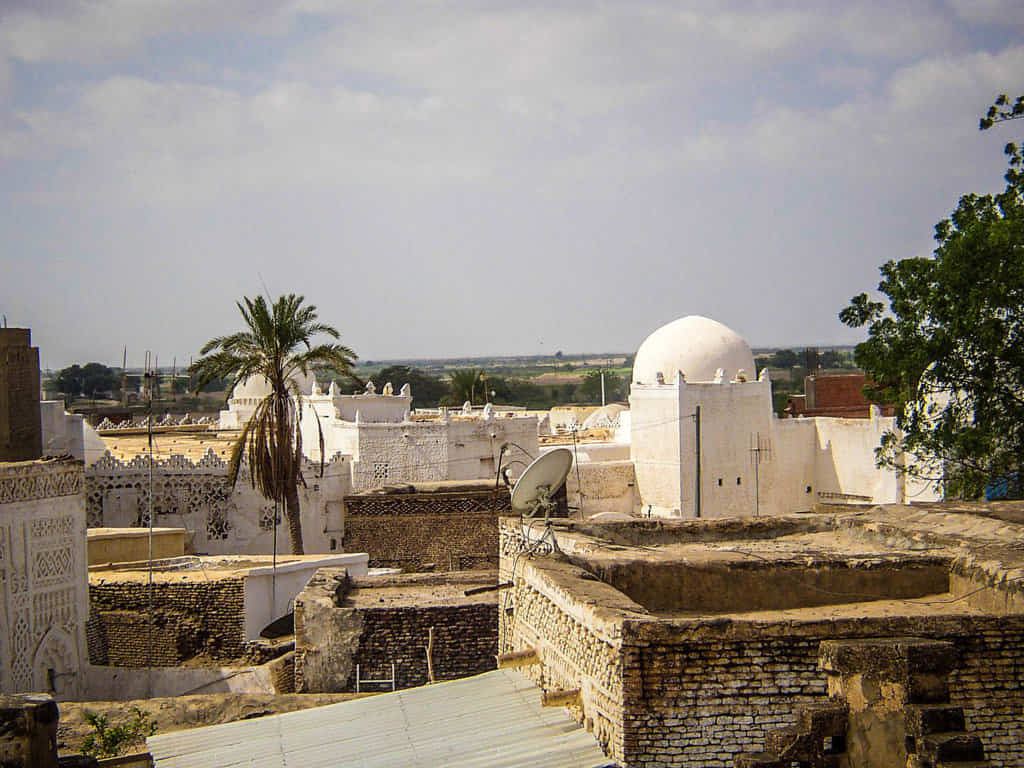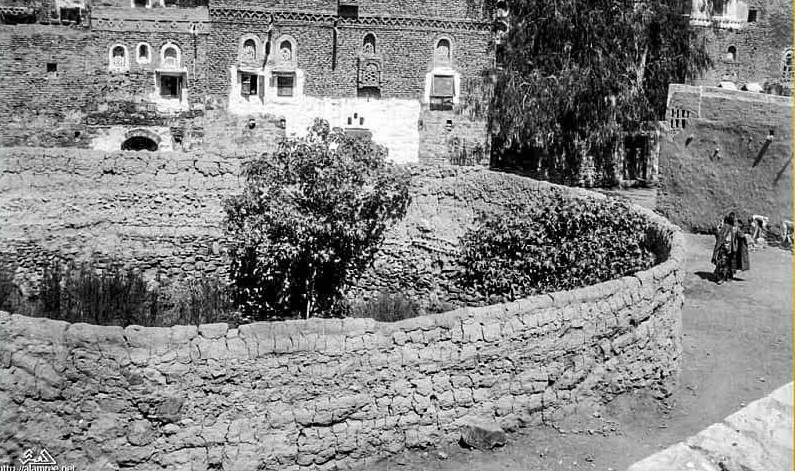Zabid – Al Hudaydah, Yemen
Coordinates:14.200400, 43.322200
Nearby Places
- Al-Asha’ir Mosque 1.13 Km SW (245°)
- Jibla village , unesco tentative 94.44 Km E (109°)
- Mocha 97.71 Km S (184°)
Zabid is a town with an urban population of around 52,590 people on Yemen’s western coastal plain. It is one of the oldest towns in Yemen, and has been a UNESCO World Heritage Site since 1993; though, in 2000, the site was placed on the List of World Heritage in Danger.
Mosques
The core of the town is its first mosque, Al-Asha’ir Mosque was built in 628 AD by Hz. Abu Musa Ashaari رضي الله عنه, one of the followers of Prophet Muhammad ﷺ, still during the Prophet’s life. According to tradition, this is the 5th mosque built in the history of Islam. The Great Mosque lies to the west of the town to which spread the souq. Zabid has the highest concentration of mosques in Yemen, some 86 in all, mainly simple brick structures but some with elaborate carved brick and stucco decoration. Fourteen of these date to the Rasulid period – all of them madrasas – and are the largest group of buildings from this period in Yemen.
History
The town, named after Wadi Zabid, the wadi (or valley) to its south, is one of the oldest towns in Yemen. Hz. Abu Musa Ashaari رضي الله عنه came originally from Zabid. Another sahabi; Hz. Amru bin Ma’adi Yakrib رضي الله عنه also hailed from Zabid and was from the House of Zubaid, an Arabian tribe named after this city.
Zabid was the capital of Yemen from the 13th to the 15th century and a centre of the Arab and Muslim world due in large part to its famed University of Zabid and being a centre of Islamic education. It was the capital of the Ziyadid dynasty from 819–1018 and the Najahid dynasty from 1022–1158.
Spreading of Islam
Zabid played an essential role in spreading Islam due to its Islamic university. The ancient mosques and madrasas received students from all over the world to obtain Islamic knowledge and study different sciences.
The Historic Town of Zabid is strongly linked with the history of the spread of Islam in the early years of Hijra as demonstrated in the archaeological remains within the Alash’ar Mosque.
Mausoleum Muhammad Ezzuddin, Zabid, Yemen
Dawoodi Bohra dai Mohammad Ezzuddin also arrived in Zabeed with the intention of going to Hajj, but the Zaidi had poisoned the drinking water in the ship, and it had affected Syedna Ezzuddin. On knowing this, he returned to Zabid immediately and died after a few days. His mausoleum is also located in Zabid.
Houses and alleys
A network of narrow alleys spreads over the town and its vernacular buildings, typical of the southern Arabian Peninsula, give the town outstanding visual qualities. The houses, built of burnt brick, display similar plans with a reception room, murabba, opening onto an enclosed yard. The larger houses extend upwards to two or three storeys. They have fine, elaborate interiors with skilfully carved brick walls, niches and ceilings.
The city with its narrow closed streets, traditional houses and minarets is an outstanding example of a homogeneous architectural ensemble that reflects the spatial characteristics of the early years of Islam. Around the town are cemeteries, notably the one to the north-west with a mosque, a well and shady trees.
World Heritage Site
Zabid has been declared a World Heritage Site by UNESCO since 1993. Zabid’s Great Mosque occupies a prominent place in the town. The relics of its university can also be visited.
In 2000, Zabid was listed on the List of World Heritage in Danger; the listing was made on the behest of the Yemeni government due to a state of poor upkeep and conservation. According to a UNESCO report, roughly “40% of the city’s houses have been replaced by concrete buildings, and other houses and the ancient souk are in a deteriorating state. If the city has not begun preservation of its cultural heritage within two years of its inscription as a UNESCO World Heritage Site, it faces the possible loss of this vaunted status.
Sources
Image Sources
1440px-30_Zabid_(15)
By Ljuba brank – Own work, CC BY-SA 3.0, https://commons.wikimedia.org/w/index.php?curid=47154244
30_Zabid_(18)
By Ljuba brank – Own work, CC BY-SA 3.0, https://commons.wikimedia.org/w/index.php?curid=47154247
1440px-30_Zabid_(5)
By Ljuba brank – Own work, CC BY-SA 3.0, https://commons.wikimedia.org/w/index.php?curid=47154240
30_Zabid_(6)
By Ljuba brank – Own work, CC BY-SA 3.0, https://commons.wikimedia.org/w/index.php?curid=47154239
1440px-30_Zabid_(7)
By Ljuba brank – Own work, CC BY-SA 3.0, https://commons.wikimedia.org/w/index.php?curid=47154241
303_Zabid
By Ljuba brank at Slovenian Wikipedia – Transferred from sl.wikipedia to Commons., GFDL, https://commons.wikimedia.org/w/index.php?curid=36689844
1648px-Ancient_Remnant,Yemen(12320290864)
By Rod Waddington from Kergunyah, Australia – Ancient Remnant, Yemen, CC BY-SA 2.0, https://commons.wikimedia.org/w/index.php?curid=33167989
1435px-Entrance_to_Imam’s_guesthouse_(8683387310)
By Julien Harneis from Sana’a, Yemen – Entrance to Imam’s guesthouse, CC BY-SA 2.0, https://commons.wikimedia.org/w/index.php?curid=38582906



